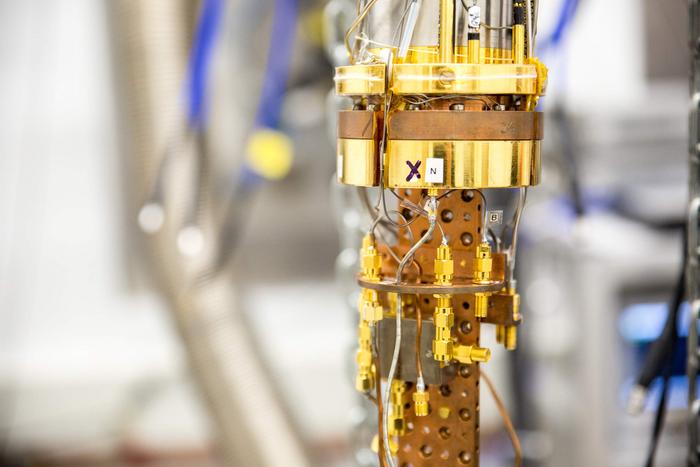Researchers at Aalto University’s Department of Applied Physics have for the first time connected a time crystal to another system outside of itself.
The study describes how the researchers turned time crystals into opto-mechanical systems that could be used to develop highly accurate sensors and memory systems for quantum computers, greatly increasing their capabilities.
Jelle Mäkinen, who led the study, explained: “Perpetual motion is possible in the quantum realm unless it is disturbed by external energy inputs, such as those caused by observation.
“That’s why time crystals have never been connected to an external system before. But we’ve done just that, and also shown for the first time that the properties of a crystal can be tuned using this method.”
A brief history of time crystals
The shimmering clusters of crystals emit an iridescent glow from their highly regular atomic structure. Frank Wilczek, winner of the 2012 Nobel Prize in Physics, proposed that quantum systems could be constructed in the same way, but in time rather than space.
He named such systems time crystals and defined them by the lowest possible energy state, repeating the movement perpetually without any external energy input.
Therefore, these crystals were experimentally proven to exist in 2016.
Observe frequency changes in time crystals
The researchers used radio waves to send magnons into a helium-3 superfluid cooled to near absolute zero.
When the researchers stopped the pump, the magnons formed time crystals that remained in motion for an unprecedentedly long time, lasting up to 108 cycles, or several minutes, before dimming to the point where researchers could no longer observe them.
During the fading process, the crystal was connected to a nearby mechanical oscillator in a manner determined by the oscillator’s frequency and amplitude.
“We have shown that changes in the frequency of time crystals are completely analogous to opto-mechanical phenomena that are widely known in physics,” Mäkinen said.
“These are the same phenomena used to detect gravitational waves, for example, at the US Laser Interferometer Gravitational-Wave Observatory.
“By reducing energy losses and increasing the frequency of the mechanical oscillator, we can optimize the setup to reach closer to the boundaries of the quantum realm.”
Impact on quantum computing
This research shows that time crystals have the potential to significantly enhance quantum computing and sensing capabilities.
“Time crystals will last orders of magnitude longer than the quantum systems currently used in quantum computing. The best-case scenario is that time crystals can power and significantly improve quantum computers’ memory systems.”
“They can also be used as frequency combs, used as frequency references in very sensitive measurement devices.”
Source link

